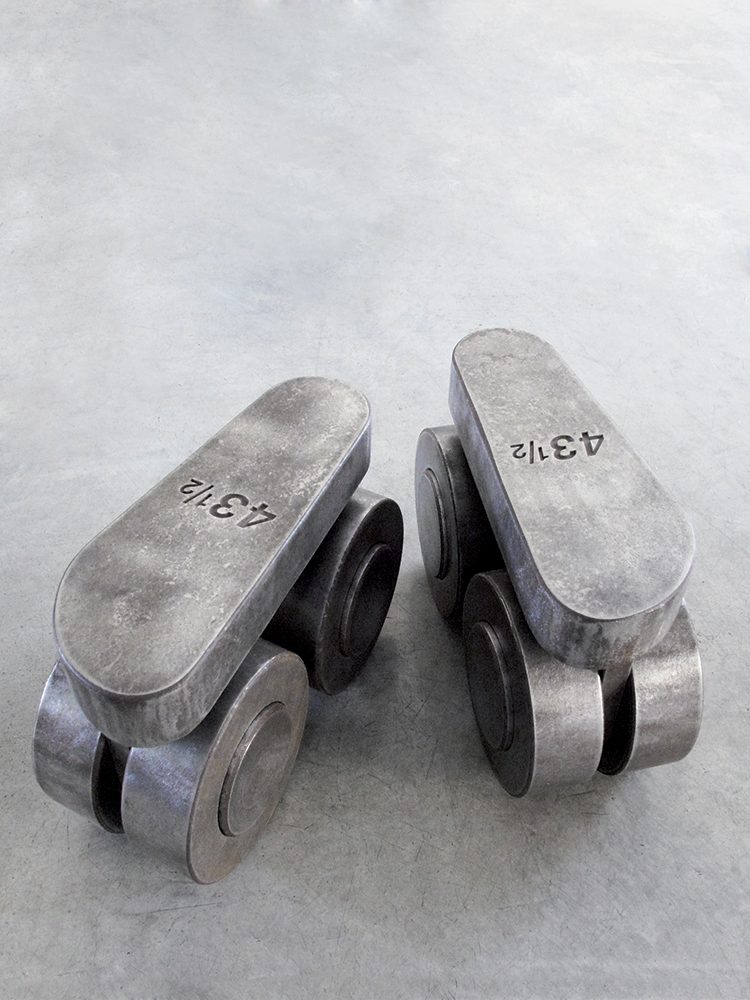
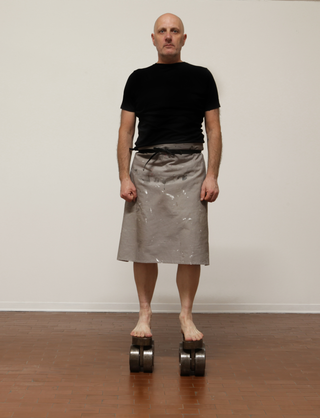
Self-portrait of Luca Scarabelli on roller skates
Photo © Luca Scarabelli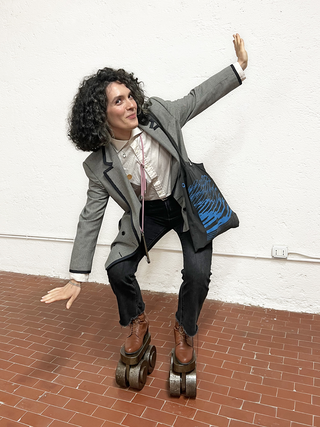
Portrait of Laura Paja on roller skates
Photo © Umberto Cavenago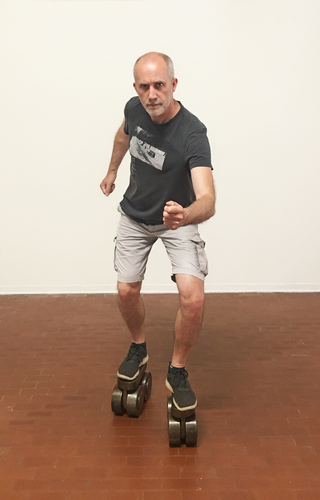
Portrait of Cesare Biratoni on roller skates
Photo © Luca Scarabelli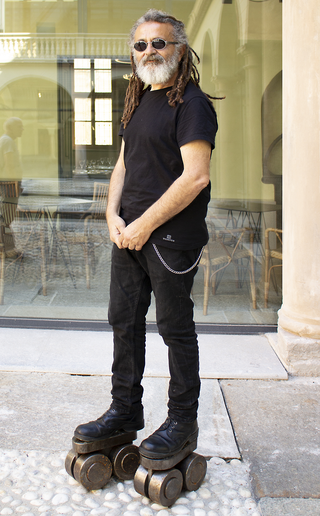
Portrait of Turi Rapisarda on roller skates
Photo © Umberto Cavenago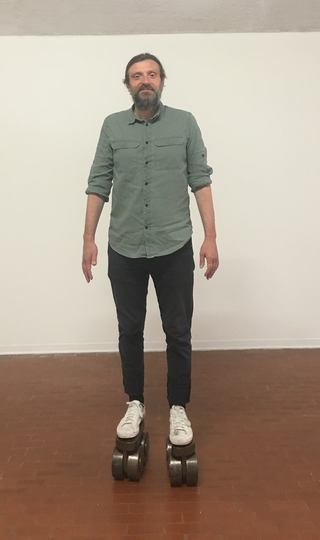
Portrait of Sergio Breviario on roller skates
Photo © Luca Scarabelli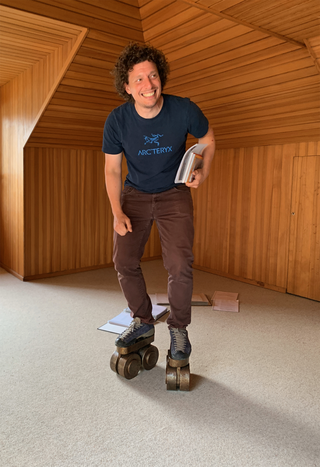
Portrait of Marco Torriani on roller skates
Photo © Umberto Cavenago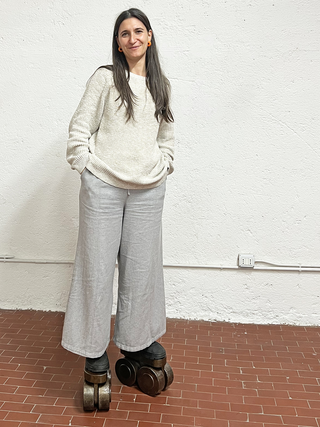
Portrait of Cecilia Mendasti on roller skates
Photo © Umberto Cavenago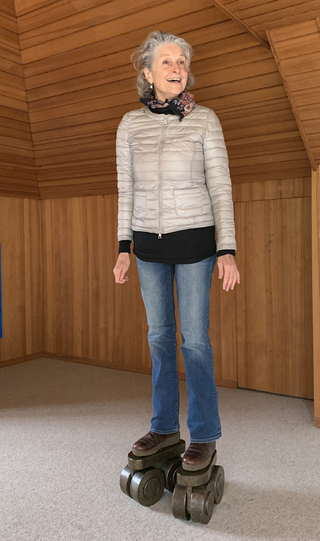
Portrait of Marisa Casellini on roller skates
Photo © Umberto Cavenago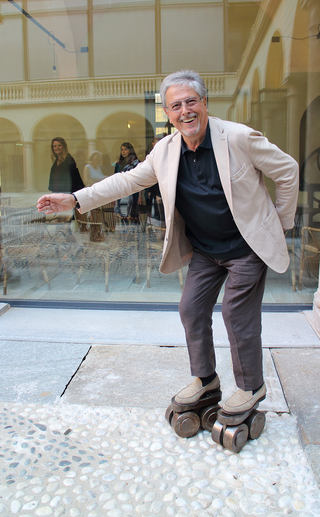
Portrait of Memo Basso on roller skates
Photo © Umberto Cavenago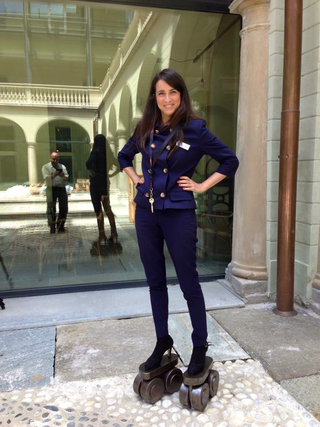
Portrait of Carola on roller skates
Photo © Luca Scarabelli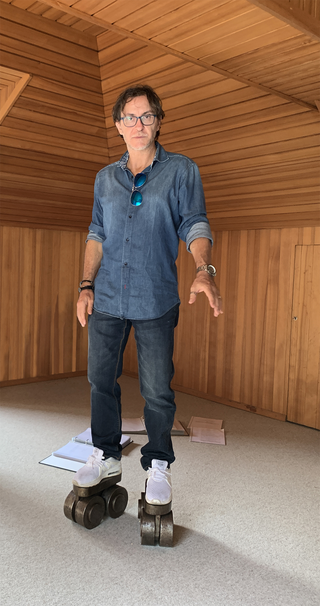
Portrait of Max Tosio on roller skates
Photo © Umberto Cavenago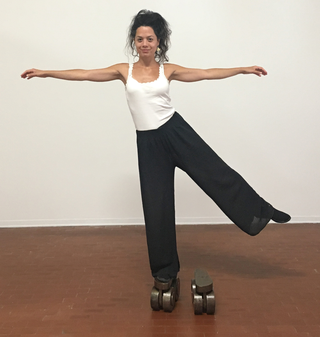
Portrait of Diana Dorizzi on roller skates
Photo © Luca Scarabelli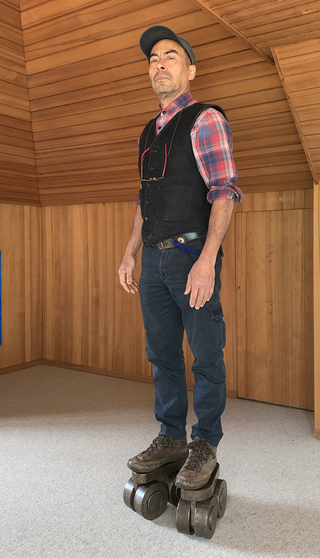
Portrait of Al Fadhili on roller skates
Photo © Umberto Cavenago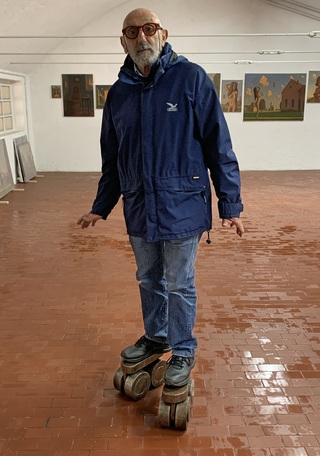
Portrait of Ermanno Cristini on roller skates
Photo © Umberto Cavenago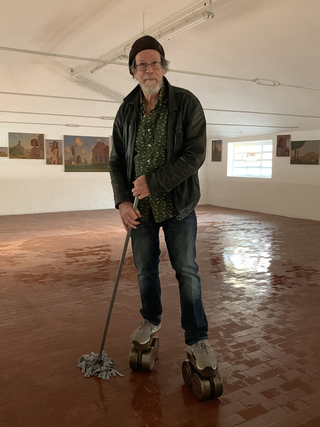
Portrait of Chris Terzi on roller skates during the installation of his exhibition Donne insolite at Riss(e) a Varese (30 octobre - 5 december 2021)
Photo © Umberto Cavenago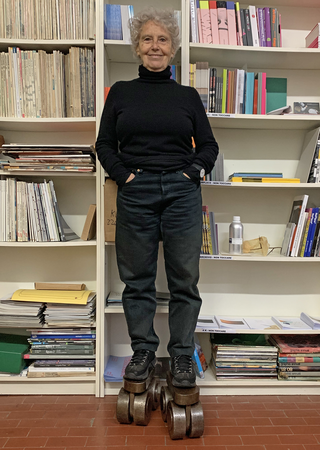
Portrait of Renata Boero on roller skates
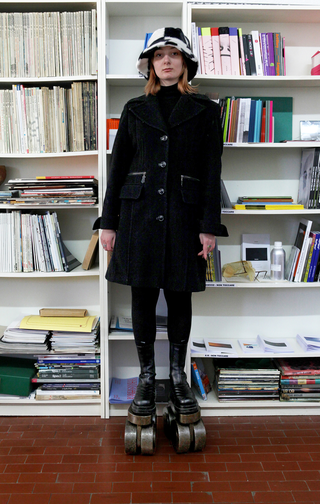
Portrait of Valentina Scarabelli on roller skates
Photo © Luca Scarabelli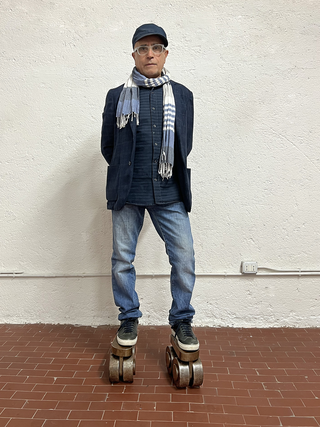
Portrait of Armando della Vittoria on roller skates
Photo © Umberto Cavenago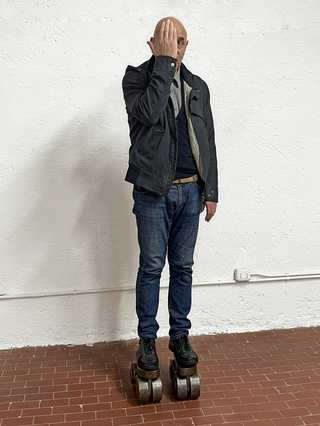
Portrait of Carlo Buzzi on roller skates
Photo © Umberto Cavenago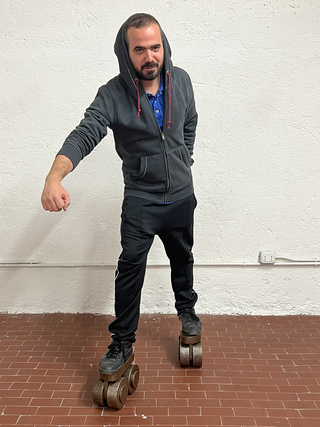
Portrait of Filippo Soli on roller skates
Photo © Umberto Cavenago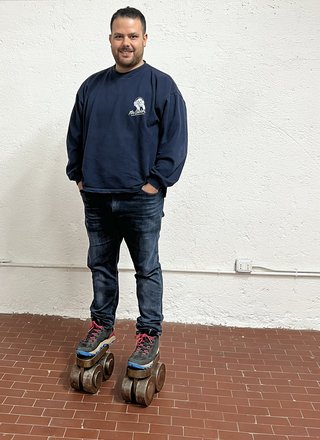
Portrait of Angelo Leonardo on roller skates
Photo © Umberto Cavenago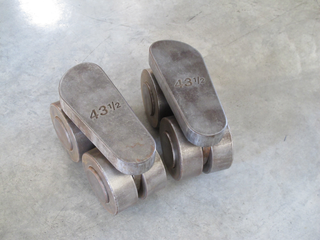
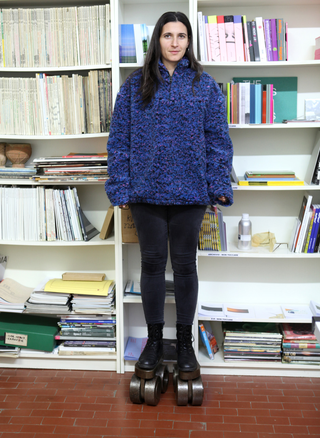
Portrait of Cecilia Mentasti on roller skates
Photo © Luca Scarabelli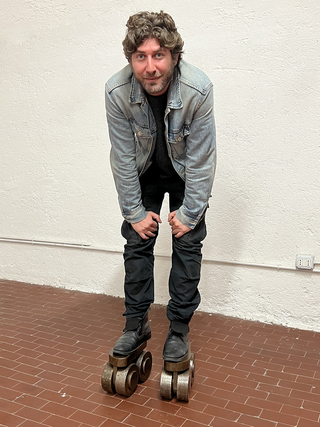
Portrait of Andrea Pizzari on roller skates
Photo © Umberto Cavenago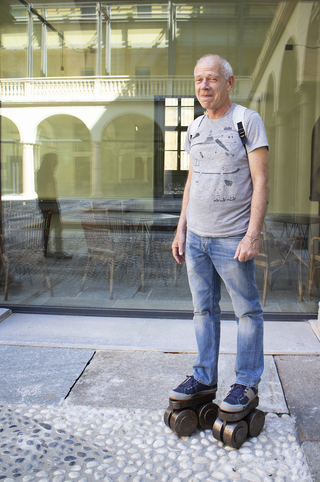
Portrait of Daniel Fuss on roller skates
Photo © Umberto Cavenago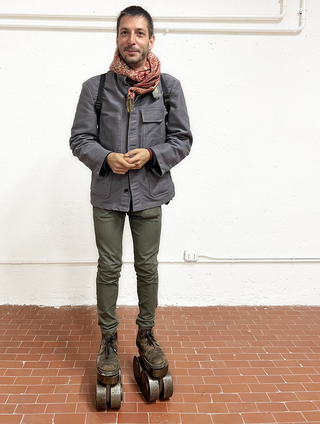
Portrait of Francesco Conti on roller skates
Photo © Umberto Cavenago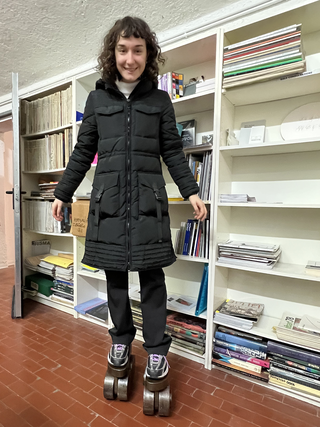
Portrait of Valentina Bobbo on roller skates
Photo © Umberto Cavenago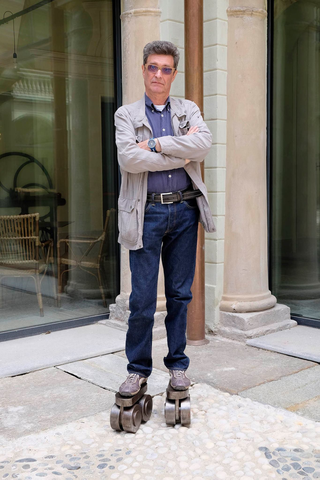
Portrait of Massimo Forchino on roller skates
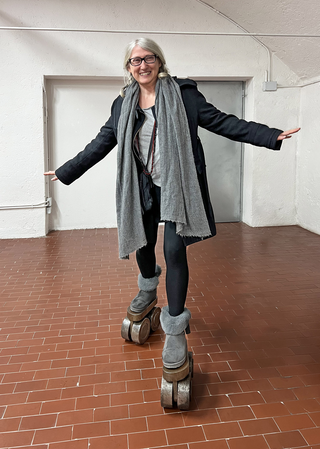
Ritratto di Rosalia Pasqualino di Marineo (marzo 2024)
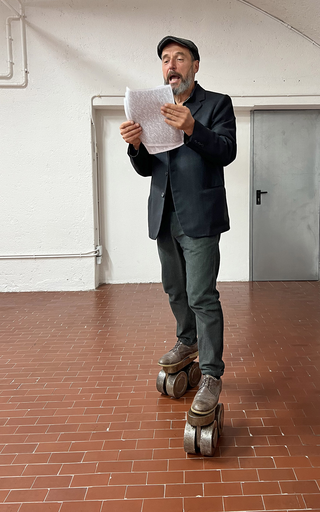
Ritratto di Carlo Dell'Acqua
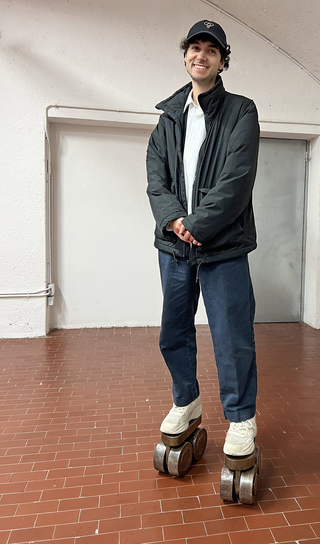
Ritratto di Mirco Marino sui pattini (marzo 2024)
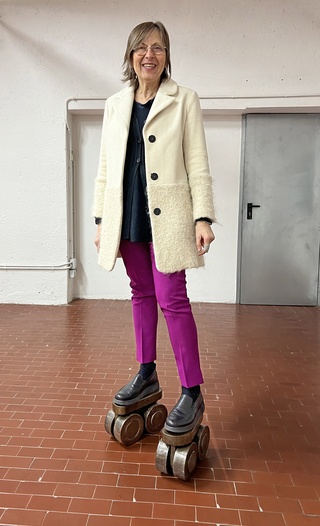
Ritratto di Elisa Bollazzi - MICROCOLLECTION (marzo 2024)
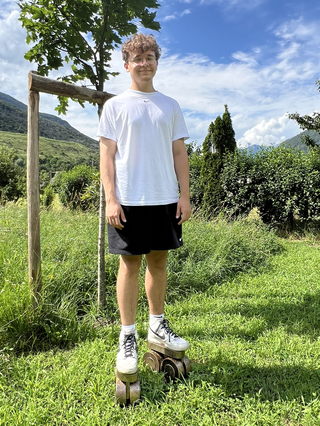
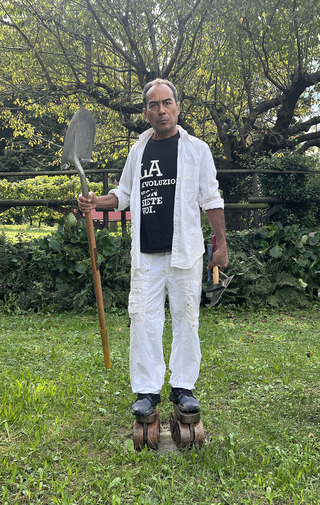
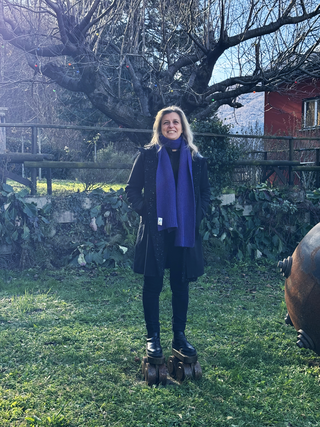
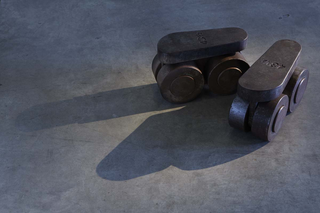
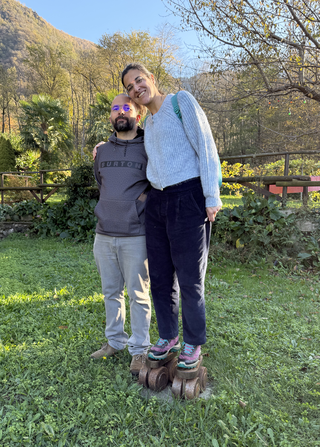
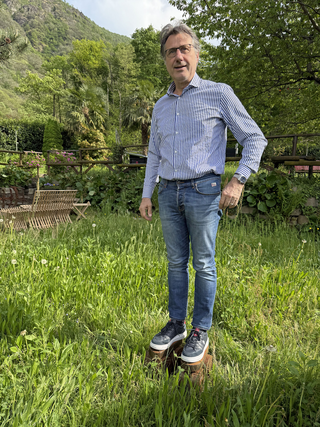
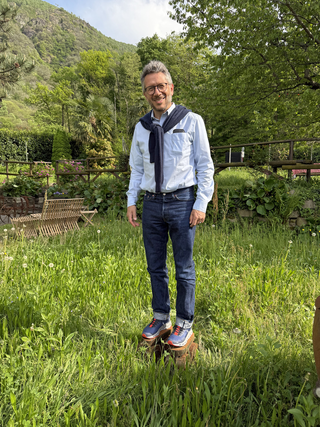
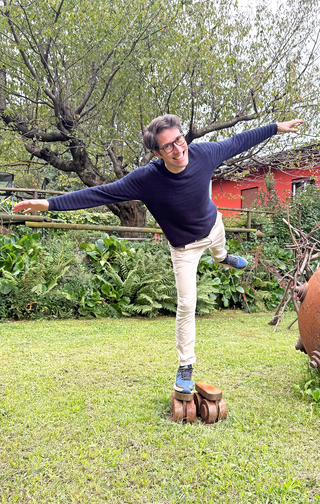
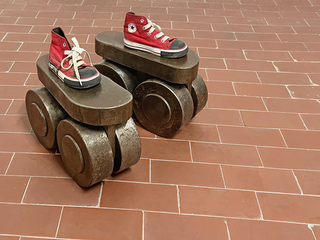
© Armando della Vittoria
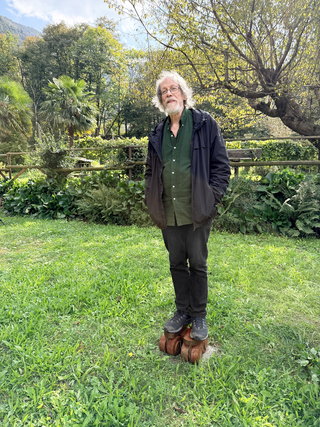
Social
Contatti
umberto@cavenago.info